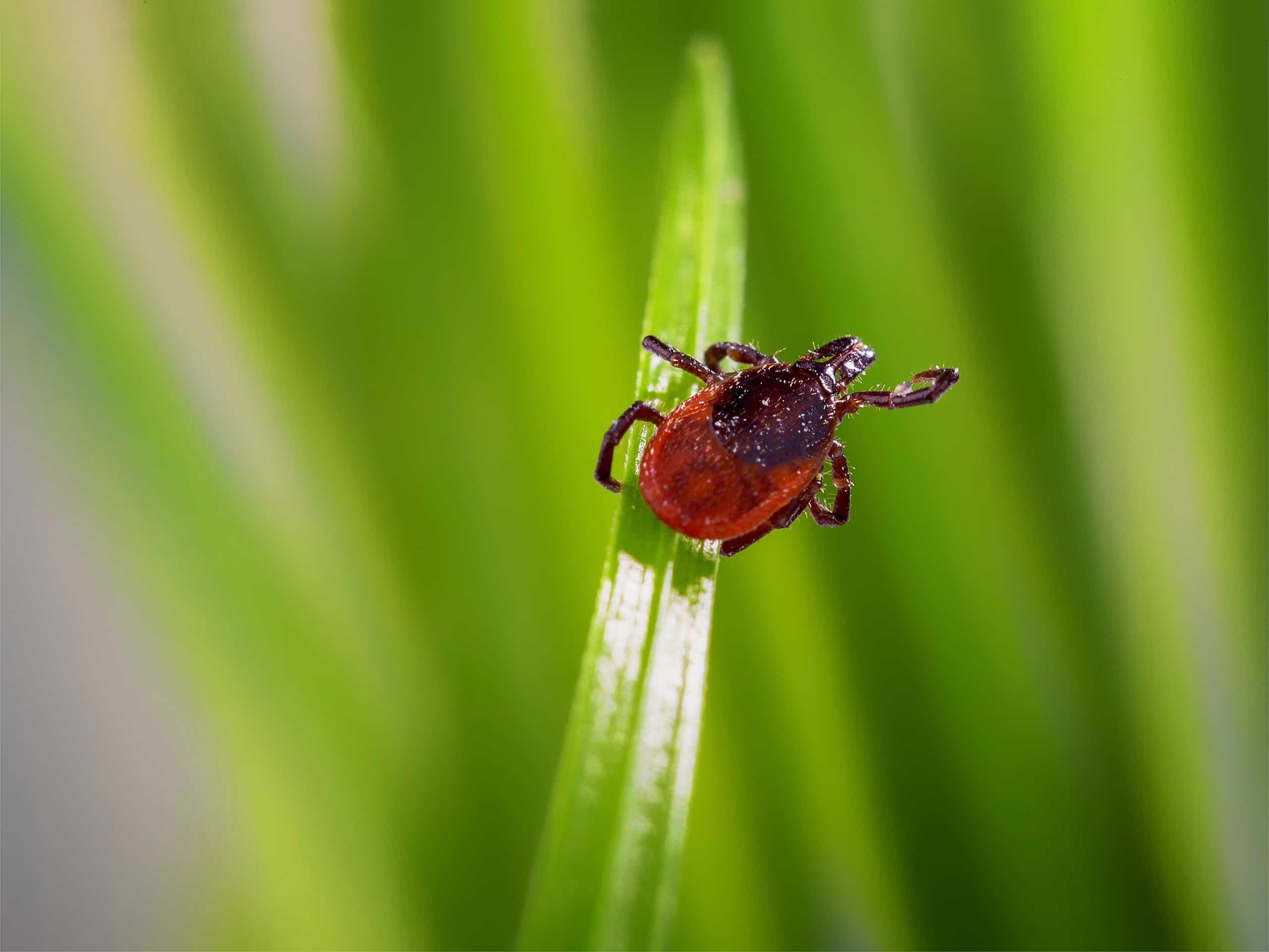Oklahoma Mother Loses Limbs After Being Bitten By A Tick
An Oklahoma woman was diagnosed with Rocky Mountain Spotted Fever — a tick-borne illness that can be fatal if not treated quickly. According to ABC News, she had been hiking close to the Oklahoma – Arkansas border and began to feel sick shortly after her return.
While her symptoms — headaches, fever, vomiting, and dizziness — seemed flu-like at first, as her health began to deteriorate, she sought medical attention. It was then that doctors were able to make the connection to Rocky Mountain Spotted Fever — which according to the state health department, is the most commonly reported tick-borne illness in Oklahoma. It’s important to note though, that this illness is not limited to Oklahoma. According to the CDC, there are 2,000 cases of the illness reported across the country each year.
In most cases, Rocky Mountain Spotted Fever can be treated, but immediate attention is required. Sadly, in the case of this Oklahoma mother, the disease progressed quickly before it was diagnosed and her arms and legs needed to be amputated.
While many people associate ticks with Lyme disease, unfortunately, this season, there seems to be even more to worry about.
Rocky Mountain Spotted Fever
According to the CDC, Rocky Mountain Spotted Fever has been reported throughout the United States but is most prevalent in North Carolina, Oklahoma, Arkansas, Tennessee, and Missouri. Recent cases have been reported in eastern Arizona, an area where the disease had not been detected earlier.
Powassan virus
Earlier this year, ticks discovered in Branford and Bridgeport, Connecticut were found to be infected with the Powassan virus, a neurological disease that can cause swelling in the brain. Over the last 10 years, there have been approximately 60 cases of the Powassan virus reported in the United States. While that doesn’t seem like a lot, clearly if it impacts someone you love, it’s certainly enough. And the fact that the virus has been detected so early in the season is a reason for concern.
Lyme Disease
We already know that 30,000 cases of Lyme disease are reported to the Centers for Disease Control and Prevention (CDC) by state health departments each year. However, not all cases are reported, and blind studies estimate that there actually could be close to 300,000 cases a year.
People and Pets Are at Risk of Tick-Borne Illness
Americans spend more than $1 billion each year on products designed to kill fleas and ticks on household pets alone.
Here at EarthKind®, we’re as concerned about the use of chemical pest repellents, that many people are using to protect themselves, their children, and their pets, as we are the ticks.
While some of these products are safe, others leave harmful chemical residues on our pet’s fur and in our homes. These chemicals are highly hazardous to animals and humans, can damage the brain and nervous system, and cause cancer according to the National Resources Defense Council (NRDC) in a first-of-its-kind study.
The report zeroed in on two particular chemicals, Propoxur, and Tetrachlovinpos (TCVP), used on the national flea & tick collar brands including Harts and Zodiak. Propoxur belongs to a class of chemicals called carbomates, which also causes nerve damage, and is on Proposition 65, California’s list of chemicals known to cause cancer.
TCVP belongs to the class of nerve-damaging chemicals known as organophosphates, many of which have been banned for home use or for use on pets due to their hazardous implications. NRDC was particularly concerned with the unintended consequences of curious toddlers and children, who pet animals and then put their hands in their mouths.
Tick Prevention
Our first line of defense is always a natural one. Stay Away® Mosquitoes is made with Picaridin, a compound that is bioidentical to those found in the long black pepper plant. This unscented insect repellent protects against mosquitoes, ticks, gnats, chiggers, and biting flies. It is EPA Registered and safe for use by children and pregnant women when used as directed.
For People:

A tick’s favorite hangout is in the grass and bush. Mow and clean up piles of leaves and grass clippings. Moist, dense, and wooded areas are optimal for ticks. Hot and sunny areas are not.
Take the center path when in the wilderness.
If you live or are visiting remote areas teeming with wildlife, you need to take extra precautions. Wildlife contributes to the spread of ticks. Migratory birds, rodents, coyotes, and others, along with the favorite host –the white-tailed deer — help Tick populations to flourish. Stay in the cleared areas if possible.
Dress right.
Wear light-colored clothing, tuck your pants into your socks, and put your hair in a ponytail or hat. Wash your clothes and take a shower immediately during high-risk times to reduce risk.
For Pets:
Rose Geranium
The essential oil of rose geranium is an excellent tick repellent. Put a drop or two (no more than that) of the essential oil of rose geranium on the cloth portion of your dog’s collar every week and you won’t see ticks.
Rosemary or Palmarosa essential oils
Rosemary or Palmarosa have also been used effectively. Note: remember that essential oils are very concentrated, so use only a few drops.
Check your pets daily for ticks.
Ticks are tiny and hard to spot in the fur, especially at the nymph stage common during the early Spring. You can find them by feeling your pet all over with your hands, wearing disposable medical gloves, or you can use a flea comb to pick up even the tiniest of ticks on the comb.
If you have been bitten by a tick.
While certainly, prevention is the best solution, it’s important to see your doctor if you feel like you may have been bitten and infected by a tick. According to the CDC, Rocky Mountain Spotted Fever can be a severe or even fatal illness if not treated in the first few days of symptoms. Early symptoms may include the sudden onset of fever, headache, nausea, vomiting, abdominal and muscle pain. In some people, but not all, a rash will develop 2-5 days after a fever sets in.
The CDC reports that people infected with the Powassan virus may exhibit symptoms including fever, headache, vomiting, weakness, confusion, loss of coordination, speech difficulties, and seizures.
A person who has contracted Lyme disease, which is far more common, will often notice a red, expanding rash within three to thirty days after being bitten. They’ll likely experience fatigue, chills, fever, headache, muscle and joint aches, as well as swollen lymph nodes.
If you think you have been bitten by a tick, live in an area known for Lyme disease, or have recently traveled to an area where it occurs, be sure to get immediate medical attention.







